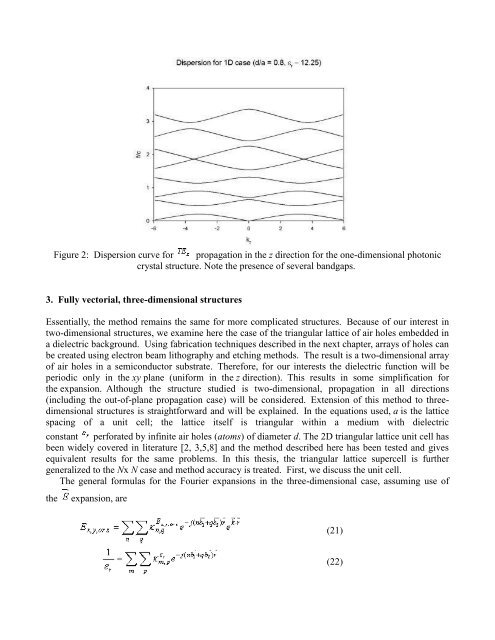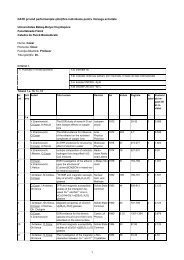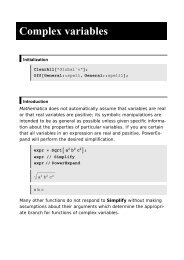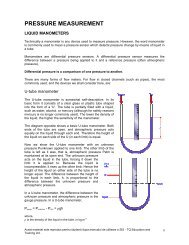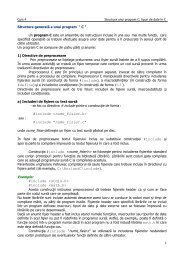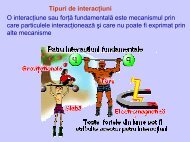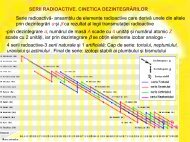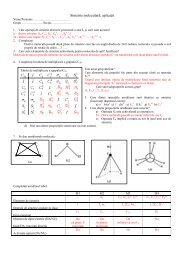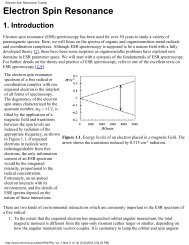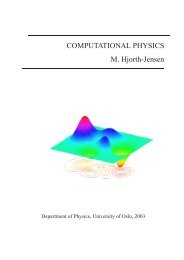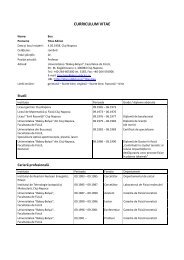Modul 2 Plane wave method (PWM) crystal band diagrams http ...
Modul 2 Plane wave method (PWM) crystal band diagrams http ...
Modul 2 Plane wave method (PWM) crystal band diagrams http ...
You also want an ePaper? Increase the reach of your titles
YUMPU automatically turns print PDFs into web optimized ePapers that Google loves.
Figure 2: Dispersion curve for propagation in the z direction for the one-dimensional photonic<br />
<strong>crystal</strong> structure. Note the presence of several <strong>band</strong>gaps.<br />
3. Fully vectorial, three-dimensional structures<br />
Essentially, the <strong>method</strong> remains the same for more complicated structures. Because of our interest in<br />
two-dimensional structures, we examine here the case of the triangular lattice of air holes embedded in<br />
a dielectric background. Using fabrication techniques described in the next chapter, arrays of holes can<br />
be created using electron beam lithography and etching <strong>method</strong>s. The result is a two-dimensional array<br />
of air holes in a semiconductor substrate. Therefore, for our interests the dielectric function will be<br />
periodic only in the xy plane (uniform in the z direction). This results in some simplification for<br />
the expansion. Although the structure studied is two-dimensional, propagation in all directions<br />
(including the out-of-plane propagation case) will be considered. Extension of this <strong>method</strong> to threedimensional<br />
structures is straightforward and will be explained. In the equations used, a is the lattice<br />
spacing of a unit cell; the lattice itself is triangular within a medium with dielectric<br />
constant perforated by infinite air holes (atoms) of diameter d. The 2D triangular lattice unit cell has<br />
been widely covered in literature [2, 3,5,8] and the <strong>method</strong> described here has been tested and gives<br />
equivalent results for the same problems. In this thesis, the triangular lattice supercell is further<br />
generalized to the Nx N case and <strong>method</strong> accuracy is treated. First, we discuss the unit cell.<br />
The general formulas for the Fourier expansions in the three-dimensional case, assuming use of<br />
the expansion, are<br />
(21)<br />
(22)


